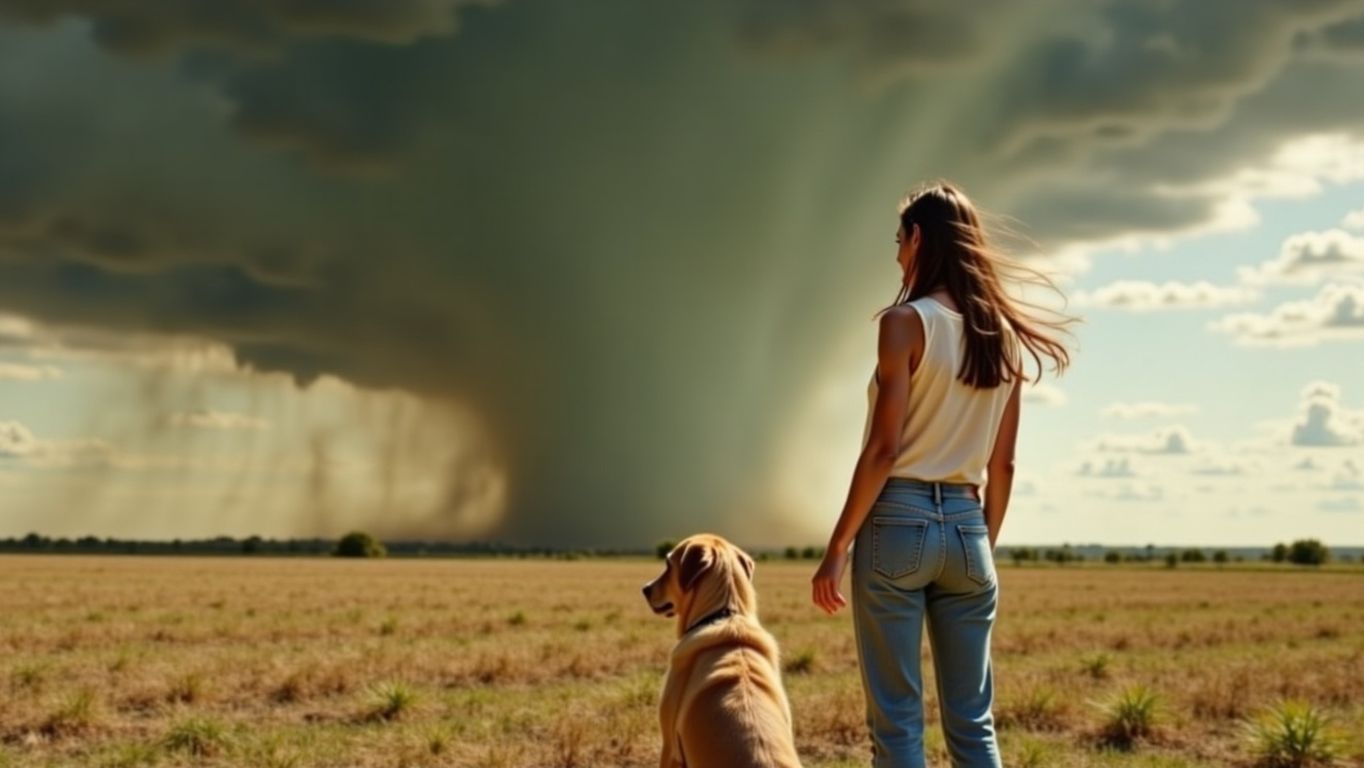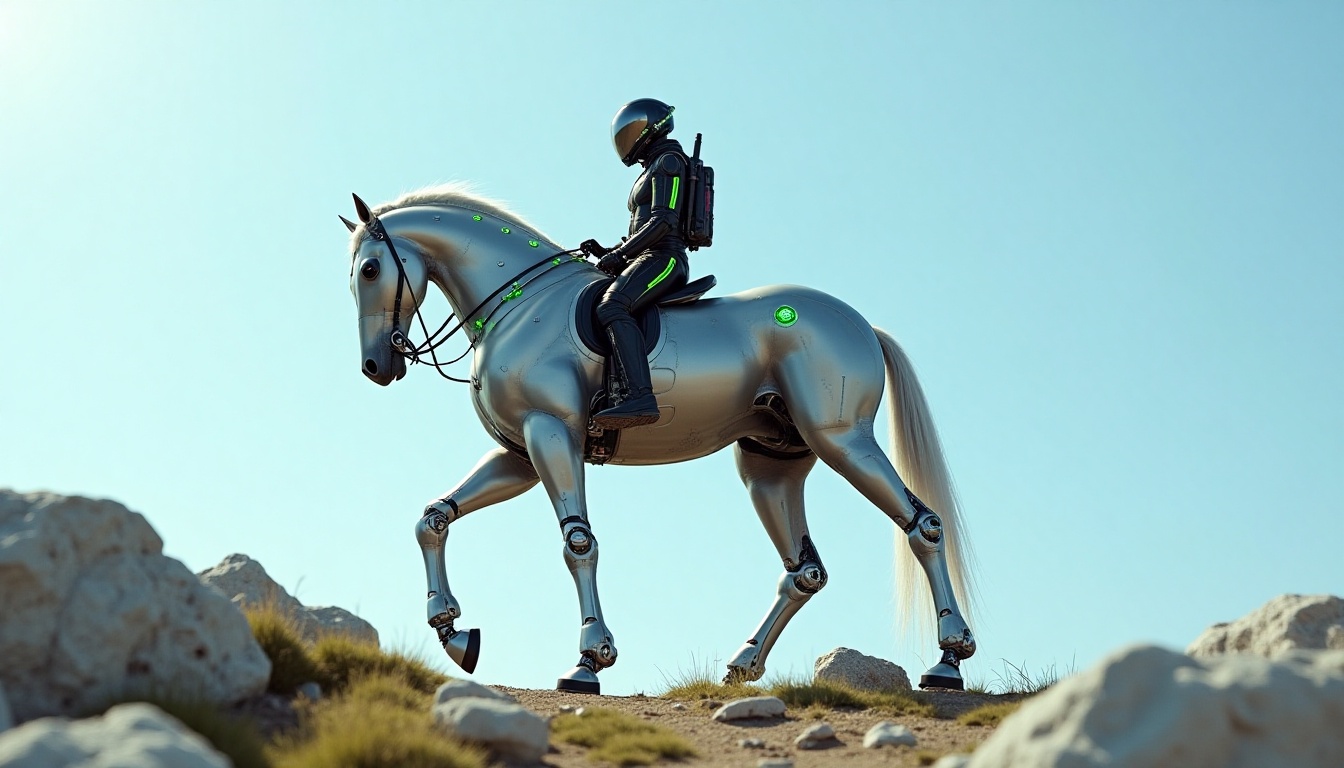Forecasting the future just got a serious tech upgrade.
Microsoft has unveiled Aurora, a next-generation artificial intelligence model that’s revolutionizing weather prediction. Capable of generating 10-day global forecasts in under one minute, Aurora isn’t just fast — it’s 24% more accurate than the leading European forecasting system, according to a peer-reviewed study published in Nature.
This launch marks a pivotal moment where deep learning meets atmospheric science, with implications that extend far beyond meteorology.
Aurora: Not Just Another Weather Model
Forget what you thought you knew about weather prediction. Aurora is not a traditional forecast system. It’s a foundation model built from the ground up to understand and anticipate atmospheric dynamics. Trained on over one million hours of historical climate data, Aurora analyzes countless global parameters with an understanding only a high-capacity neural net could achieve.
Here’s what makes it stand out:
- Forecasts in seconds, not hours, using less computational power than supercomputers.
- High spatial and temporal resolution — offering more detailed and frequent predictions.
- Adaptability to real-time data: satellite feeds, local radar, and IoT-based weather inputs.
Aurora’s full capabilities are detailed in Microsoft Research’s official blog:
🔗 Introducing Aurora
The Tech Behind the Storm
Aurora draws from the same innovation playbook used to build large language models (LLMs) like GPT or Gemini — but repurposed for atmospheric modeling. It uses transformer-based architectures adapted to handle spatio-temporal complexity, allowing it to detect nonlinear weather patterns across regions and timeframes.
The technical white paper supporting Aurora’s performance and structure is accessible via Nature:
Aurora study in Nature
This leap in speed and precision was made possible by advances in:
- Custom silicon for high-performance AI training
- Latent-space encoding of atmospheric variables
- The foundation model mindset — one model, many applications
Why the Tech Industry (and Startups) Should Care
Aurora might sound like a tool for scientists, but its potential for business and public services is massive. Consider:
- Startups in agtech, insurtech, climate analytics, and energy forecasting can integrate Aurora via Azure APIs to drive intelligent decisions.
- Governments and humanitarian groups can improve early warning systems for hurricanes, floods, and droughts.
- Smart cities could activate real-time infrastructure changes based on hyper-local forecasts.
Microsoft’s broader positioning of Aurora within Azure is explained in their feature article:
Microsoft Source — Aurora and AI Forecasting
A New Era of Vertical AI?
Aurora is part of a broader shift — from general-purpose AI to domain-specific foundation models. This is not just a chatbot that completes your sentences. It’s an AI system that learns, adapts, and evolves within a scientific framework.
Vertical AI models like Aurora are reshaping industries with targeted intelligence, outperforming generic systems in both speed and relevance.
FAQs
Is Aurora replacing traditional weather models?
No — it complements them. Agencies like ECMWF and NOAA are actively researching AI augmentation to boost classical physics-based models.
Will Aurora be available for developers?
Yes. Microsoft intends to provide access to Aurora via Azure’s AI infrastructure, democratizing use for startups and research teams.
Can Aurora be trusted for high-stakes decisions?
Aurora has been peer-reviewed and tested against the gold standards in forecasting. Still, like all AI, it works best when supervised and validated by experts.
Check the Washington Post’s coverage for a broader public perspective:
Microsoft AI model predicts global weather with stunning speed
Conclusion: Forecasting Meets the Cloud Era
Microsoft’s Aurora represents more than just a tech milestone — it’s a new weather paradigm. By merging AI innovation with global environmental modeling, Aurora empowers everyone from scientists to startups to see further, act faster, and adapt better.
It’s not just about weather. It’s about climate resilience, operational agility, and AI that truly understands the world it’s modeling.

 IA que se replica: ¿genialidad o peligro?
IA que se replica: ¿genialidad o peligro?